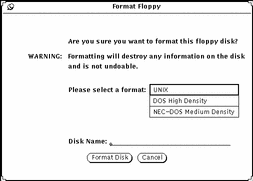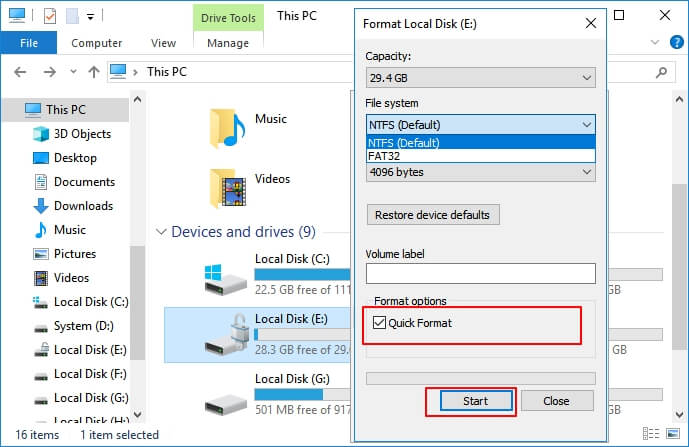

Therefore, the term “format” should be understood to mean the operation of the new disk media to fully prepare the file for storage. In some operating systems, all parts or certain parts of the process can be combined or repeated at different levels. The third part of the process, often referred to as “advanced formatting”, usually refer to as the process of generating a new file system. Partitioning is a generic term in the second part of the process that makes data storage device visible to the operating system.

The first part of the formatting process that performs basic media preparation often considered as “low-level formatting”. In some cases, formatting can also create one or more new file systems. Formatting can be divided into three parts.

Disk formatting is the process of preparing a data storage device such as a hard drive, sloid state drive for initial use.

What is formatting? Formatting a hard drive means to delete all the data on the drive and set a file system to prepare an available space for the operating system.
What Does Formatting a Hard Drive Do FAQ. To know the details, please read the article with attention. Brief introductions to disk formatting, the purpose of formatting a hard drive, as well as how to format are talked in this post of MiniTool. The truth is that FAT32 has a theoretical volume size limit of 16 TB, with a current practical limit of about 8 TB-plenty for most USB drives.What does formatting a hard drive do? Have you ever asked yourself? The first idea occurs to you might be data loss, but that’s not all. Specifications put out by manufacturers on file systems as they pertain to drive size created the myth that FAT32 can only be used to format drives between 2 GB and 32 GB, and that is likely why native tools on Windows-and other systems-have that limit. Every major operating system and most devices support it, making it great for drives you need to access from different systems. The advantage to using FAT32 is portability. If you do need those larger file sizes, you’ll need to stick with something like NTFS or exFAT. RELATED: What File System Should I Use for My USB Drive?įAT32 is a solid file system for external drives, so long as you don’t plan to use files over 4GB in size. Swap "X:" for the drive letter assigned to your USB drive.įor whatever reason, the option to format USB drives larger than 32GB with the FAT32 file system isn’t present in the regular Windows format tool. Alternatively, launch PowerShell as an Administrator and run "format /FS:FAT32 X:" in the Window to format the "X:" drive as FAT32. Use a third-party utility, like "FAT32 Format," to format larger USB drives with FAT32.








 0 kommentar(er)
0 kommentar(er)
